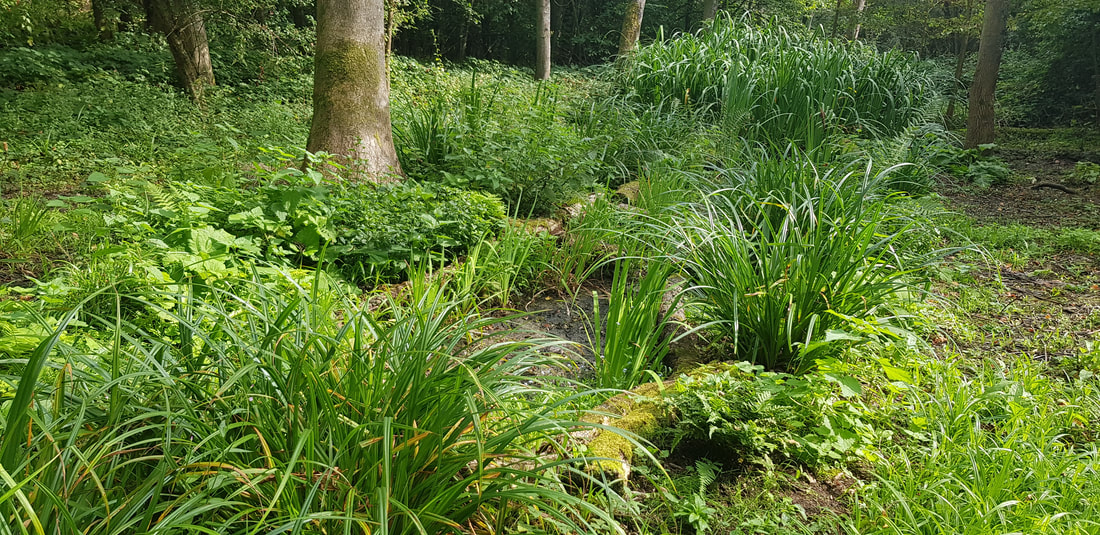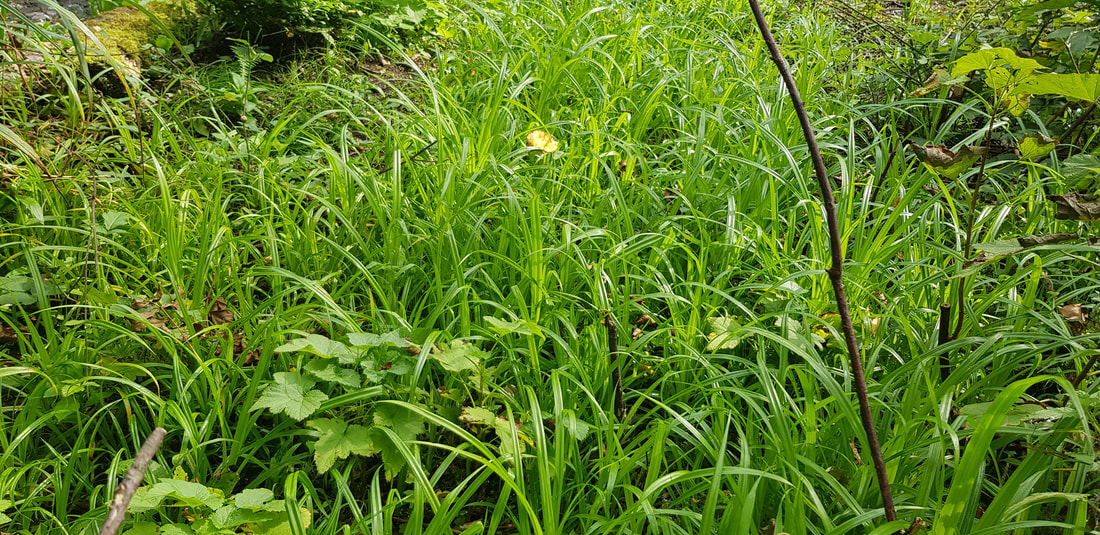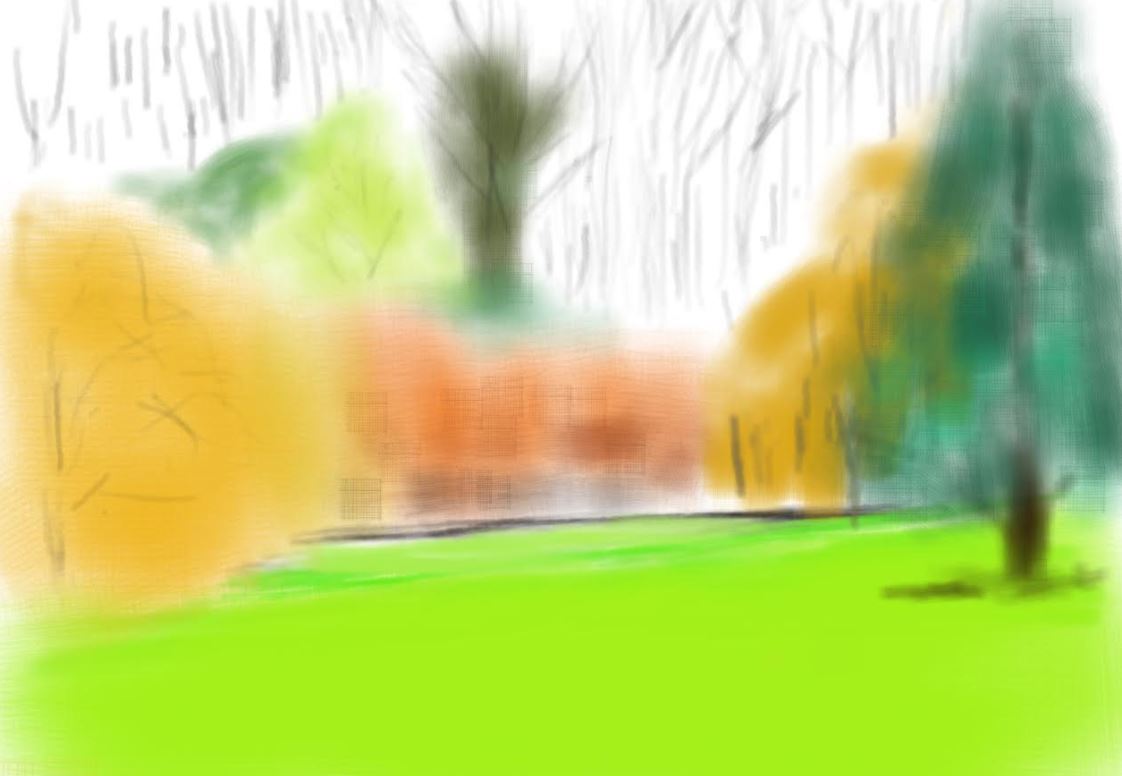
The wood provides a lesson in sustainability in so far as it was managed to provide a source of wood for fuel, construction and other uses for hundreds of years. The hazel coppice or underwood was cut back to ground level when it was between 7 and 15 years old and the poles used on the land. The timber trees (mainly ash) were known as standards. They would be felled in their prime when they were between 70 and 150 years old. A substantial number of trees in the wood must be of this age.
Trees identified in a 1994 survey include Ash (dominant), Field Maple, Oak and Sessile Oak, Sycamore, Wild Cherry, and Willow. Shrubs include: Hazel, Elder, Blackthorn, Dogwood, Buckthorn and Buddlieu. There are also climbers – ivy, old man’s beard, sweet byrony, bramble and woody nightshade. The herb layer contains stinging nettle, coltsfoot, forget-me-knot, gromwell, sauide, creeping buttercup, figwort, bedstraw, sedge, cuckoo pint, dogs mercury, burdock, self-heal, medick, penny royal, thistle, sorrel willow herb and bluebell. Fungi include clouded agavic, cramp apple, dryads saddle, antley and pinwheel.
A spring line rises in the top of the woods within about 5-10m of the northern boundary. When we have had a lot of rain there is surface water and it ponds near the southern edge. Sedges grow in the area that is wettest. It is this area that gave me concern. A few years ago there had been lots of iris along a channel where the water drained but it was now completely overgrown with brambles. So, after a long dry April, I decided to cut and hack my way through the brambles which I burnt. After several days of cutting I cleared a space perhaps 20x20m exposing a big clump of iris once again and a small ditch that had drained the water from the upper part of the woods. By this time it had rained and there was some water in the ditch. With my son I decided to dig a small hole to see if it would fill up with water it did so we set about enlarging it with the idea of making a pond. Over the next week the idea of making a pond, to create a new wildlife habitat and to improve the aesthetic appeal of this neglected patch, took hold. I spent and spent many hours digging in the clay and gradually what was one small pond turned into several small ponds along the ditch line. By the end of the week, after joining some of the ponds together, I had 4 small linear ponds. I lined the edges with dead, moss covered branches and trunks of fallen trees.
Evolution of the woodland pond – from a muddy puddle to a small scale ecosystem
After a dry April, when I began my project, and a wet May that realised the concept of a pond, the first half of June turned out to be disappointingly hot and dry. Every day I would carry several watering cans full of water from the tap in the field to water the newly planted plants. The water in the pond slowly disappeared until all that remained was a hard dry surface with desiccation cracks. It made me realise that in order to sustain the pond as a pond I had to do more to make it hold water so I had a go at ‘puddling’ – tamping down the wet clay bottom, after watching a YouTube clip. It did help to retain the water longer but after a couple of weeks with little or no rain the water disappeared. I decided to leave nature alone and let the pond remain ephemeral.
LATER
It's now nearly 6 months since I started the project and the extent to which this landscape has regenerated is plain to see. Where there was once only brambles there is a diverse community of plants. I have just finished seeding the area with iris seeds collected from another pond and I am looking forward to seeing the results next spring.




 RSS Feed
RSS Feed